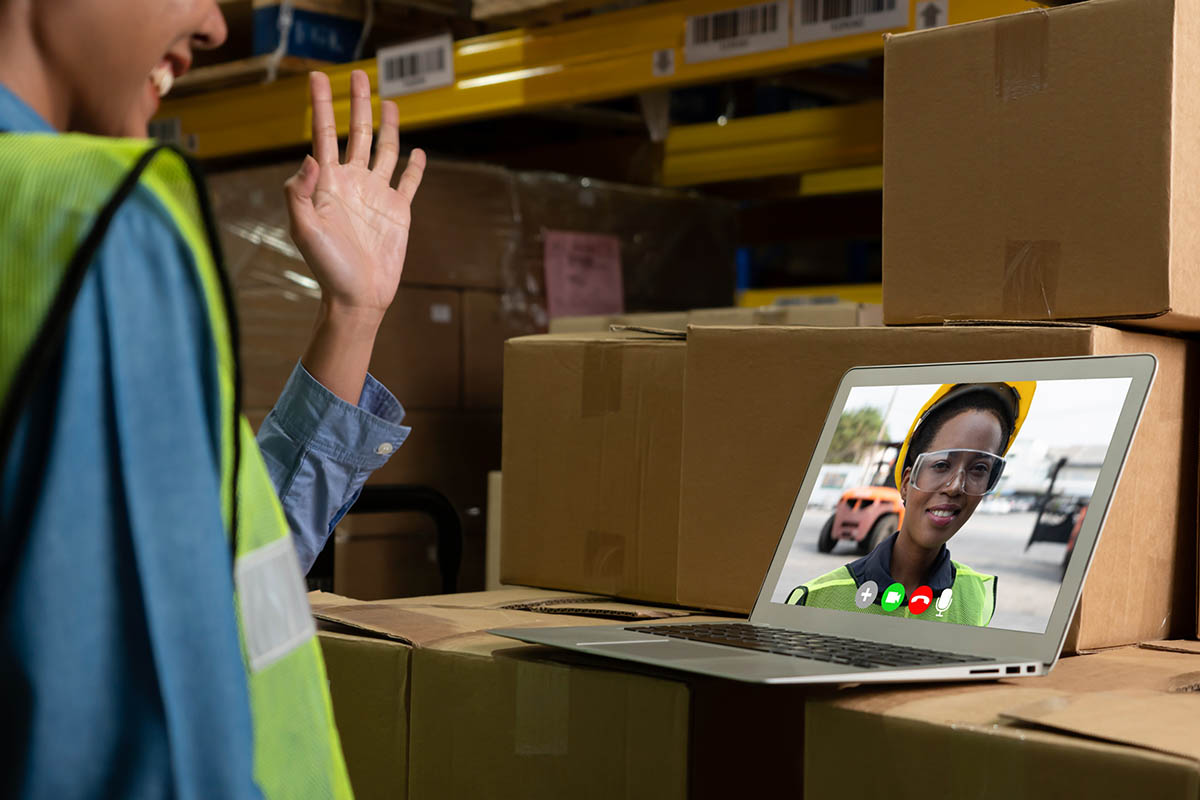Best Practices to Prevent Supply Chain Attacks
Cybercriminals can find ways into your network without a lot of hassle. They will continue to cultivate some of the same methods they have been using for years to see results. But when they can make an attack on your supply chain, it can be disastrous for everyone involved.
Supply chain attacks are growing quite a bit, and if the business is not careful about what is going on with their security, they may find that they are disabled and no longer able to do basic business functions.
The good news is that there are steps that the business can take to stop the attacks on their supply chain and make sure that they are safe and secure from any attack that a hacker is going to do against them.
Implement Honeytokens
This may sound like a strange name, but the honeytokens are basically tripwires that will let you know when there is some suspicious activity on the network. These are going to be fake resources that will pose as some sensitive data. Many attackers think that these resources are valuable assets of your business so that they will go right to them.
The thing is, these are put there as a trap. When the hacker does interact with them, it will activate a signal, and you will be alerted that there is an attack. When it works well, this will provide the company with an advanced warning of any data breach attempt while letting them know more about the breaching method used.
With this information in hand, they will isolate some of their resources and make sure that the hackers cannot get something more important later on. In some cases, if the attack isn’t happening behind a firewall, these honeytokens will even let you know the identity and location of the attacker.
Secure Privileged Access Management
Not everyone in the business needs to have access to some of the top levels of your company and what it has to offer. Without the right safeguards in place, you may find it harder to know who is coming and who should be there than just giving the credentials to a few people.
Go through the network and decide who is supposed to have credentials for each different part of your network. Then set up those requirements so that no one can be in any area they are not allowed at the time.
Implement a Zero Trust Architecture
Another method that you can use is to trust a Zero Trust Architecture. The ZTA will assume that all of the activity on the network is malicious. After each connection request has been able to go through many policies, it will finally access what is inside the network.
There are different ways to do this, but it is more difficult for someone to get into the network. If you are careful, you will need to go through a few extra steps along the way, but it will ensure that the hacker cannot get in and destroy your supply chain.
Identify All the Potential Insider Threats
An insider threat can be one of the biggest issues you need to worry about when it comes to an attack on the supply chain. And it is not always motivated by bad intentions. People in your company can be unaware that some of their actions will cause risks to your business.
You need to figure out where some of the insider threats will come from and then take some active steps to make sure that they cannot do this any longer. Regular employee feedback surveys and open and supportive culture at work will help you to address the concerns before they turn into big threats that you need to handle.
Protect the Vulnerable Resources
It would help if you took some time to find the specific resources you think the criminal will go after first. You need to really think through this because the answer is not always going to be intuitive. Honeytokens are a good option again to find some of the resources that the criminals will need the most.
While doing this, speak with some of your vendors about how beneficial the honeytokens will be and then encourage their implementation. This will help to uncover the attack surface and get it fixed before the supply chain is breached.
Do Regular Third-Party Risk Assessments
No matter how much you trust your vendors, it is unlikely that they will handle cybersecurity the same way as you do. This means that it is up to you to make sure there is enough defense against the attacks to keep the supply chain safe.
A good way to take care of this is to do a third-party risk assessment. This will help you learn more about the security of each vendor you work with, and then you can learn about any of the vulnerabilities that are there. From that point, you will decide if you can make changes to provide yourself more protection.
Ideally, these assessments should be used along with a vendor security rating system. This will ensure that all of the responses during the assessment will be verified and that everyone is on the same page as you do it.
Keeping Your Supply Chain Safe
Find the best methods that you can use to make sure that your supply chain is safe from any hacker who will try and get on the system. Take some time to look through some of the steps above to make sure that you can keep the supply chain safe and keep the hackers out.





















